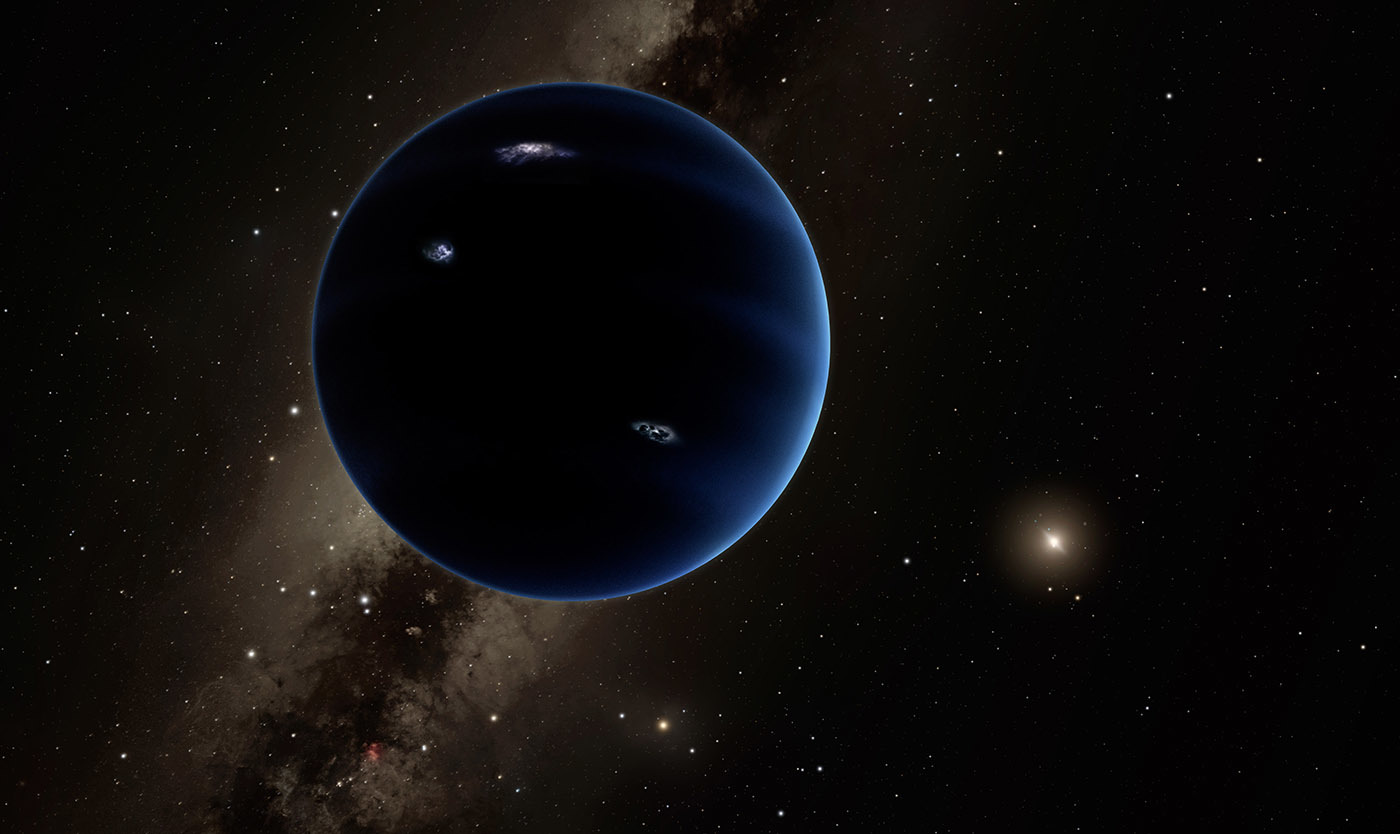In 2015, astronomers at Caltech proposed the existence of a giant planet residing in the outer solar system. While this planet, called Planet X or Planet 9, was hypothesized based on mathematical modeling and computer simulations as opposed to observations, its existence would help explain the abnormalities in the orbits of a handful of major TNOs. Planet X is predicted to have a mass about 10 times larger than Earth, an average orbital radius of 600AU, and an orbital period of somewhere between 10,000-20,000 Earth years.
The discovery of The Goblin later in 2015, a TNO with a semi-major axis of about 80AU, corroborates this theory. The irregularities in its orbit are consistent with the existence of Planet X and its effects on The Goblin’s orbit.
Recently in 2018, another TNO, nicknamed Farout, was discovered. Farout has a semi-major axis of about 120AU, making it the most distant object that resides in our solar system ever observed. Observations from the Magellan telescopes at Las Campañas Observatory confirmed the orbital radius, and showed that Farout has a radius of about 500km. Its orbital period is fairly slow, so astronomers haven’t been able to observe Farout’s orbit for long enough to determine whether the hypothetical Planet X could be warping its orbit. It is predicted that Farout has an orbital period of more than 1,000 Earth years.

Given that The Goblin has an orbital period of about 32,000 Earth years and astronomers were already able to confirm that this Planet X would explain its orbital irregularities, astronomers will hopefully be able to do the same for Farout sometime in the near future. If Farout’s orbit is consistent with this theory as well, astronomers may be one step closer to determining if there really is a 9th massive planet in our solar system.
